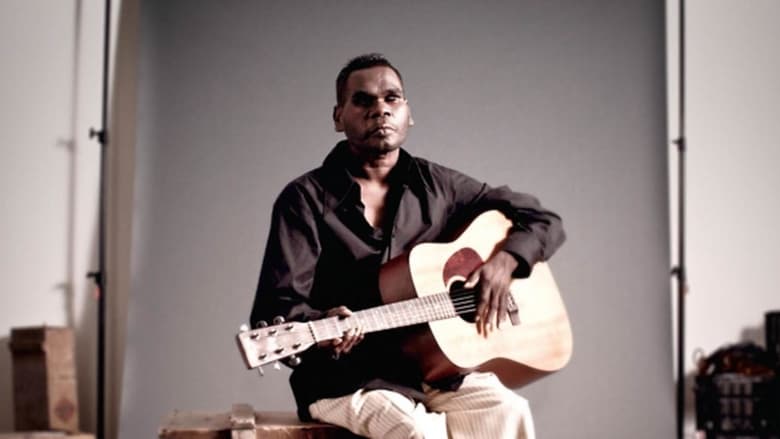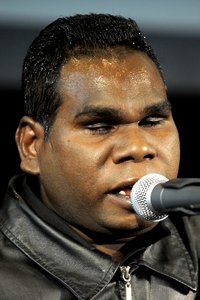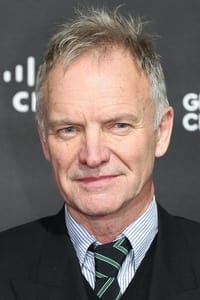Gurrumul
A soaring, evocative audio-visual journey into the life, culture and landscapes of one of Australia's most beloved singers – Dr G Yunupingu.
Genres
DocumentaryMusic
OverView
Blind from birth, Dr G Yunupingu found his identity through song and the haunting voice that has already become legend. His debut album introduced Australia to the Songlines and culture of his Elcho Island community, but now Dr G Yunupingu finds himself increasingly torn between city and country, present and past, self and the community to which he owes so much.
Others
Budget
$--
Revenue
$--
Status
Released
Original Language
English
Runtime
96 mins
Rating
7/10
Release Date
26 April 2018
Country
Australia




